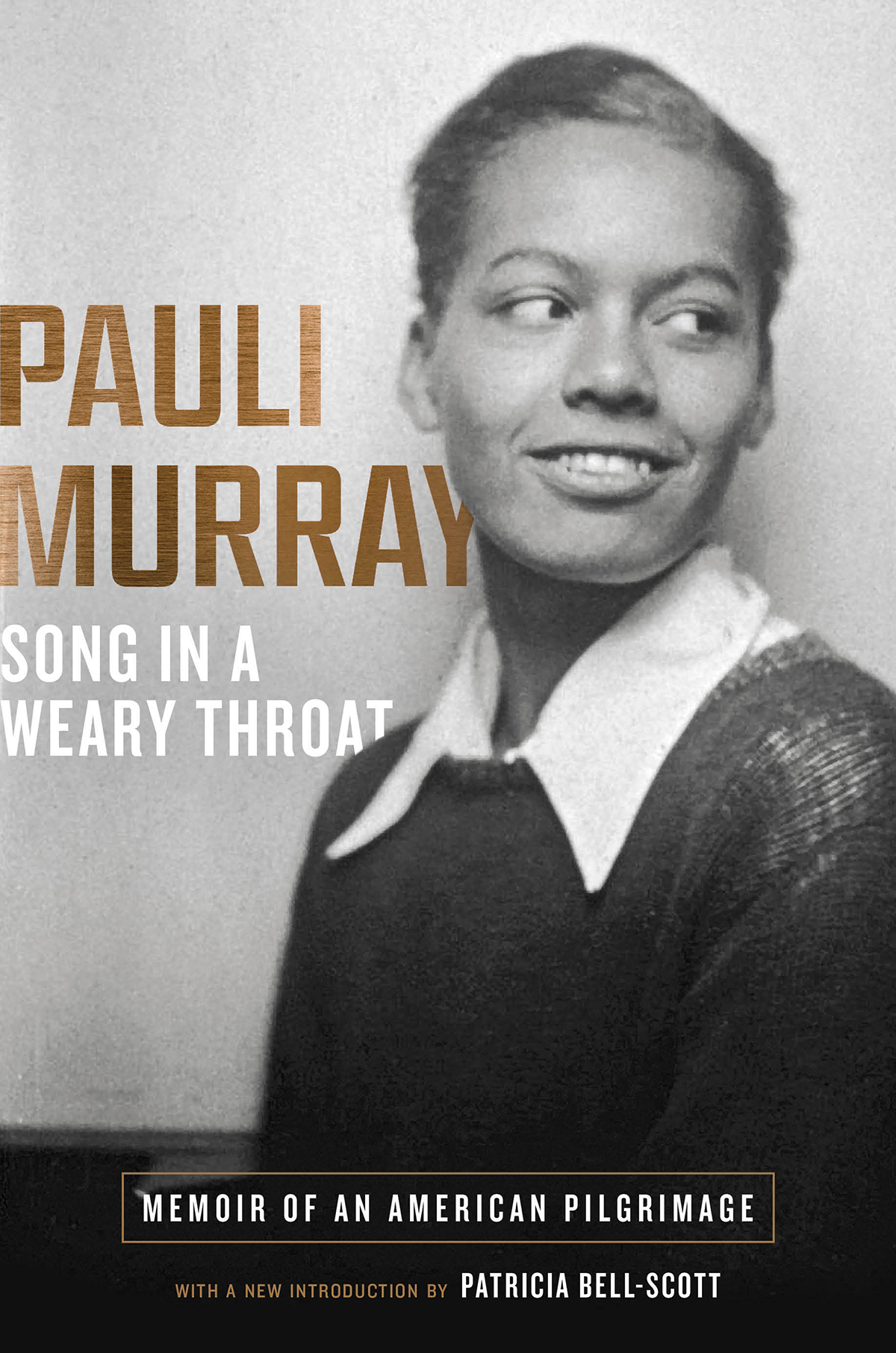

As a result, we not only must consider her life in a new generational perspective, we also know a great deal more about that life itself we can now see the autobiography’s strategic silences and omissions. Since 1985, a steady scholarly interest in her has generated a growing body of research in the voluminous collection of her papers that she bequeathed to the Schlesinger Library at the Radcliffe Institute for Advanced Study. Since 1987, changing realities-the election of a black president and the major-party presidential candidacy of a woman, the shocking violence of Ferguson, Charleston, and Charlottesville, the tragic deaths of young black men like Trayvon Martin, Eric Garner, and Michael Brown, the emerging struggle over transgender rights from gender-neutral bathrooms to the military-have challenged us to look anew at the issues of race, gender, and sexuality that defined Pauli Murray’s life. Now, more than thirty years later, Liveright has reissued what it calls a “rediscovered memoir” for a very different time. To his apparent surprise, he came to the “final pages utterly convinced that Murray was one of the great Americans of her time.” Yet neither his praise nor the availability of this prize-winning narrative of her life succeeded in making Murray into a household name.

In The Washington Post, Jonathan Yardley appeared awestruck, yet puzzled by the story of a life so accomplished yet so little known. Yet she found Murray’s hopefulness in the face of her narrative of racism and injustice “to contain a certain pathos.” “The militance of my generational perspective,” Williams wrote, ran “counter to the persistent gentlewomanliness” of Murray’s tone and message.

A young law professor, Pat Williams-today better known as the distinguished legal scholar, Nation columnist, and MacArthur “genius award” winner Patricia Williams-reviewed it respectfully for The New York Times. Pauli Murray’s autobiography, Song in a Weary Throat, first appeared in 1987, two years after her death. Pauli Murray at the Church of the Holy Nativity, Baltimore, 1981


 0 kommentar(er)
0 kommentar(er)
